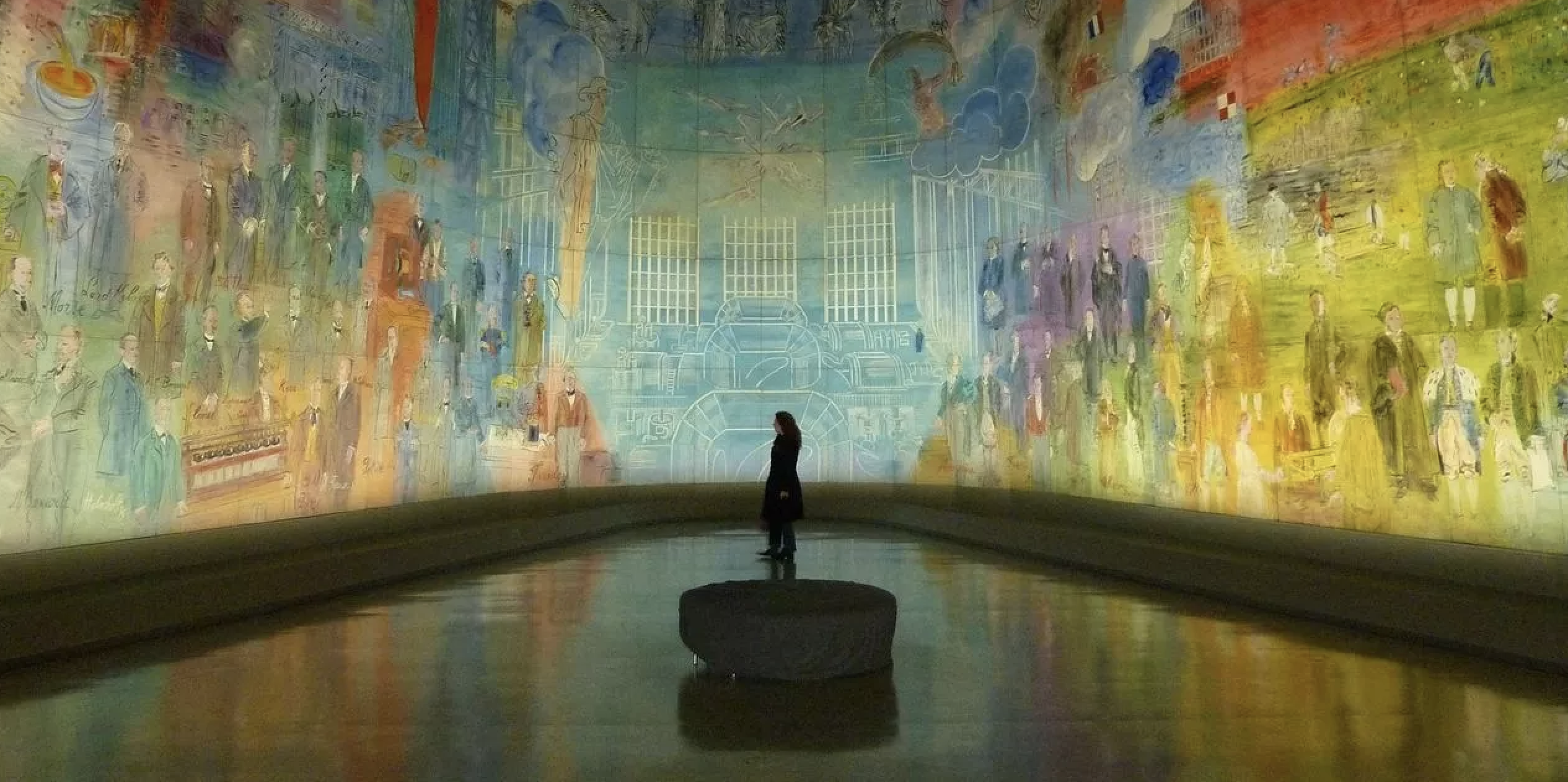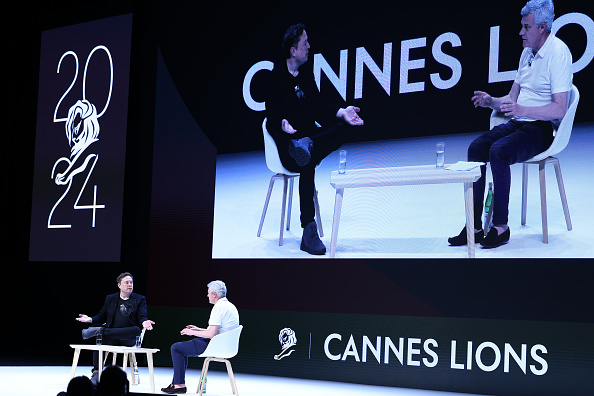Global Art Market Soars 29% In 2021
Reaching $65 billion in sales.
The global art market rebounded strongly in 2021 despite the challenges of the pandemic, according to a global art market report released Tuesday.
Aggregate sales, including sales by dealers and auction houses, jumped 29% from 2020 to an estimated US$65.1 billion last year, surpassing pre-pandemic levels in 2019, according to the annual report jointly published by Art Basel and UBS and authored by Clare McAndrew, founder of Dublin-based Arts Economics.
“The art market has demonstrated incredible resilience in 2021, with a strong uplift in aggregate sales, despite still operating under some very challenging conditions,” McAndrew said in the report. “Dealers and auction houses successfully adjusted to a new two-tier system of online and offline sales and events, and the rising wealth of the high-net-worth collectors helped to support demand at the higher end of the market.”
The median expenditure by high-net-worth individuals (HNWIs), those who have a net worth of more than US$1 million, excluding real estate and private business assets, reached US$274,000 in 2021, more than double the level in 2020, according to the report.
Further, 74% of HNWIs surveyed bought art-based non-fungible tokens, or NFTs in 2021, with a median price of US$9,000 each, the report said.
The findings are based on a survey of 2,339 wealthy individuals across 10 major markets, and represent one element of the wide-ranging report on the state of the global art market.
Sales by dealers amounted to approximately US$34.7 billion in 2021, increasing 18% year-on-year. Public sales by auction houses, excluding private sales, reached an estimated US$26.3 billion in 2021, an increase of 47% from a year ago, according to the report.
Geographically, the U.S. still dominates, accounting for US$28 billion, or 43% of the total global sales of art and antiques in 2021. Greater China was the second largest with a market share of 20%, or US$13.4 billion in sales.
Reprinted by permission of Penta. Copyright 2021 Dow Jones & Company. Inc. All Rights Reserved Worldwide. Original date of publication: March 29, 2022.
 Copyright 2020, Dow Jones & Company, Inc. All Rights Reserved Worldwide. LEARN MORE
Copyright 2020, Dow Jones & Company, Inc. All Rights Reserved Worldwide. LEARN MORE
This stylish family home combines a classic palette and finishes with a flexible floorplan
Just 55 minutes from Sydney, make this your creative getaway located in the majestic Hawkesbury region.
Continued stagflation and cost of living pressures are causing couples to think twice about starting a family, new data has revealed, with long term impacts expected
Australia is in the midst of a ‘baby recession’ with preliminary estimates showing the number of births in 2023 fell by more than four percent to the lowest level since 2006, according to KPMG. The consultancy firm says this reflects the impact of cost-of-living pressures on the feasibility of younger Australians starting a family.
KPMG estimates that 289,100 babies were born in 2023. This compares to 300,684 babies in 2022 and 309,996 in 2021, according to the Australian Bureau of Statistics (ABS). KPMG urban economist Terry Rawnsley said weak economic growth often leads to a reduced number of births. In 2023, ABS data shows gross domestic product (GDP) fell to 1.5 percent. Despite the population growing by 2.5 percent in 2023, GDP on a per capita basis went into negative territory, down one percent over the 12 months.
“Birth rates provide insight into long-term population growth as well as the current confidence of Australian families,” said Mr Rawnsley. “We haven’t seen such a sharp drop in births in Australia since the period of economic stagflation in the 1970s, which coincided with the initial widespread adoption of the contraceptive pill.”
Mr Rawnsley said many Australian couples delayed starting a family while the pandemic played out in 2020. The number of births fell from 305,832 in 2019 to 294,369 in 2020. Then in 2021, strong employment and vast amounts of stimulus money, along with high household savings due to lockdowns, gave couples better financial means to have a baby. This led to a rebound in births.
However, the re-opening of the global economy in 2022 led to soaring inflation. By the start of 2023, the Australian consumer price index (CPI) had risen to its highest level since 1990 at 7.8 percent per annum. By that stage, the Reserve Bank had already commenced an aggressive rate-hiking strategy to fight inflation and had raised the cash rate every month between May and December 2022.
Five more rate hikes during 2023 put further pressure on couples with mortgages and put the brakes on family formation. “This combination of the pandemic and rapid economic changes explains the spike and subsequent sharp decline in birth rates we have observed over the past four years,” Mr Rawnsley said.
The impact of high costs of living on couples’ decision to have a baby is highlighted in births data for the capital cities. KPMG estimates there were 60,860 births in Sydney in 2023, down 8.6 percent from 2019. There were 56,270 births in Melbourne, down 7.3 percent. In Perth, there were 25,020 births, down 6 percent, while in Brisbane there were 30,250 births, down 4.3 percent. Canberra was the only capital city where there was no fall in the number of births in 2023 compared to 2019.
“CPI growth in Canberra has been slightly subdued compared to that in other major cities, and the economic outlook has remained strong,” Mr Rawnsley said. “This means families have not been hurting as much as those in other capital cities, and in turn, we’ve seen a stabilisation of births in the ACT.”
This stylish family home combines a classic palette and finishes with a flexible floorplan
Just 55 minutes from Sydney, make this your creative getaway located in the majestic Hawkesbury region.






















